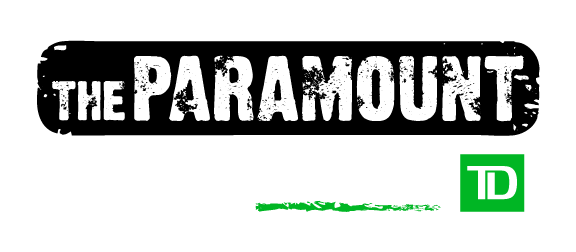
In recent years, artists have increasingly begun to choose touring via the festival circuit over touring on their own. Popular bands such as The Arctic Monkeys and Modest Mouse will often play at multiple festivals a year. An event’s reputation and endorsements have resulted in high profits for musical performers. In 2014, Rolling Stone released an article breaking down the business behind music festivals. According to the article, hip-hop duo Outkast made $60 million from playing 40 festivals that year. Festivals have become such a dominant force by requesting artists to sign a radius clause, which prevents the artist from performing within a specific geographic radius and time range. Although this complicates the booking process for tour dates, artists will often sign the radius clause anyway and simply tour along the festival circuit.
Aside from the profits, artists will opt to perform at music festivals because they enjoy playing at open-space venues. Short bursts of tents, sunshine and a large standing audience provide a nice change of pace amid a tour that consists of stadiums and clubs. Festivals also provide a great opportunity for small-scale bands to receive high-profile exposure. For these bands, being discovered by festival patrons and the social media buzz which occurs as a result will often provide the fuel necessary to launch their career to the next level. Electronic music artist Pretty Lights gained a tremendous social media following as a result of his 2010 performance at Coachella. During music festivals, fans saturate their social media feeds with photos, videos, and posts highlighting the performances they see. This year, fans posted over 5 million tweets in the Coachella’s first weekend alone.
The festival environment also provides a revival of music sales for bands who’ve released little to no new music. Hard-rock band Guns N’ Roses, who received $14 million for their reunion at Coachella this year, experienced surge in sales on iTunes as patrons prepared for their performance.
With Coachella grossing over $84 million in ticket sales with an attendance of over 200 million last year, it comes as no surprise that artists have begun to gravitate towards a more festival-based tour circuit. Coachella and Governor’s Ball are only a few of the several music festivals which will take place within the next four months. Some other notable festivals include Electric Daisy Carnival, Lollapolooza, Bonaroo and Firefly Music Festival.
- Intern Brittney


No comments:
Post a Comment